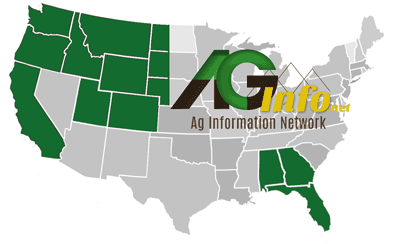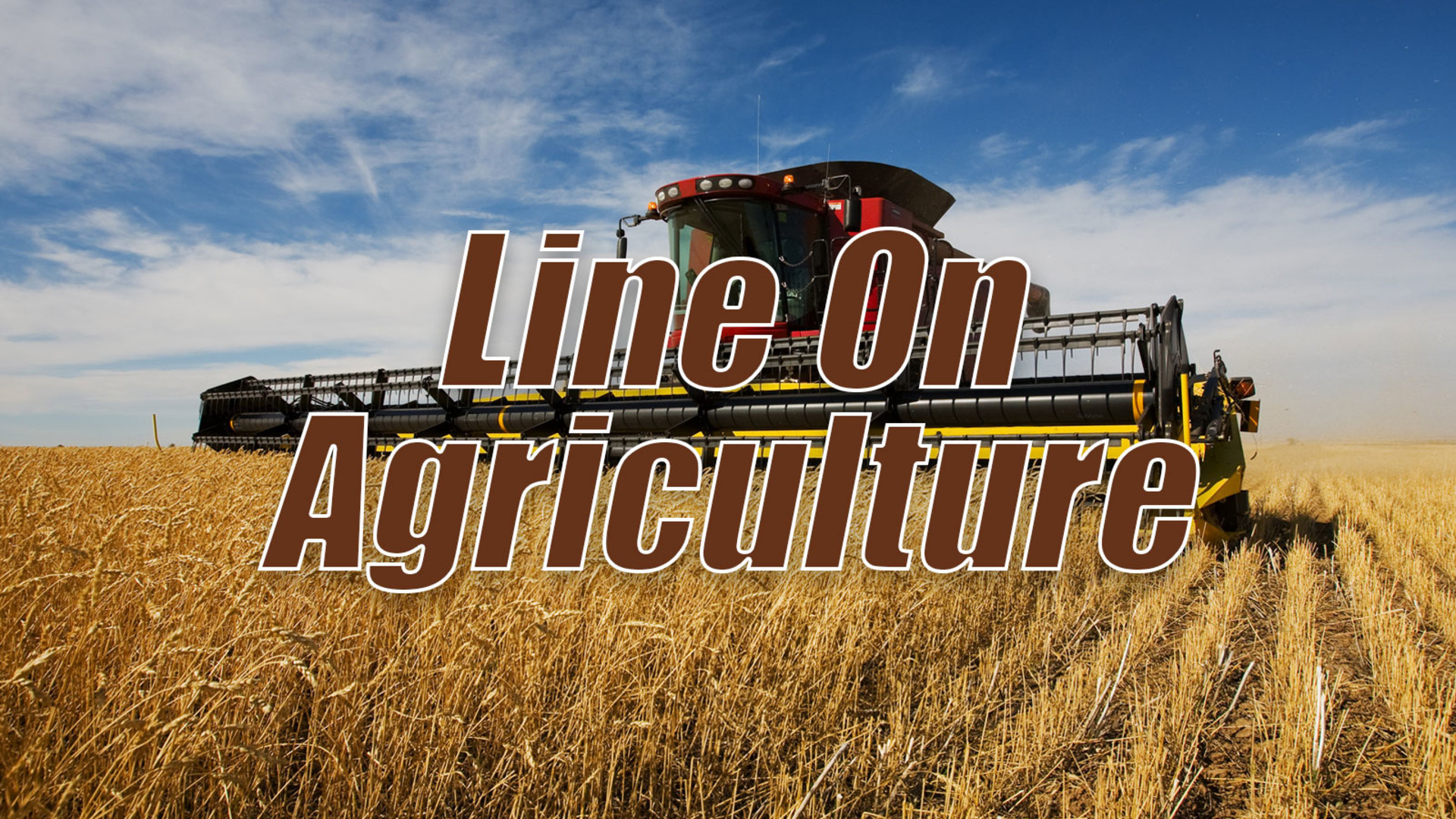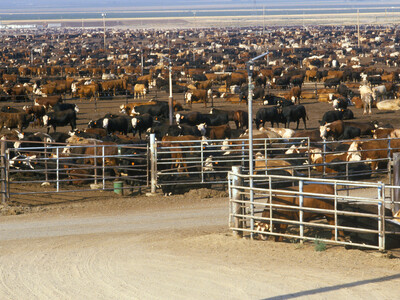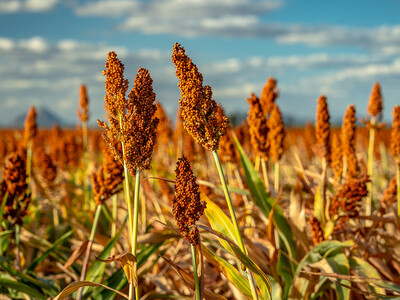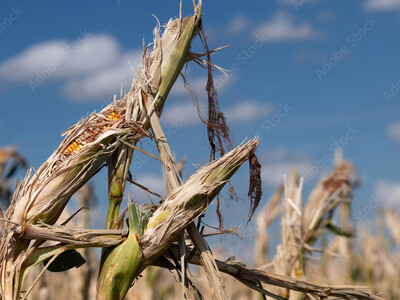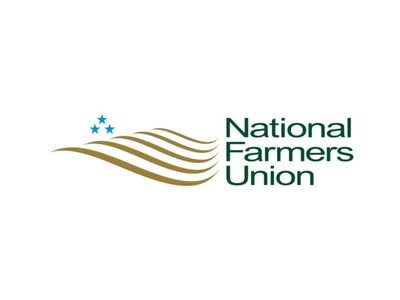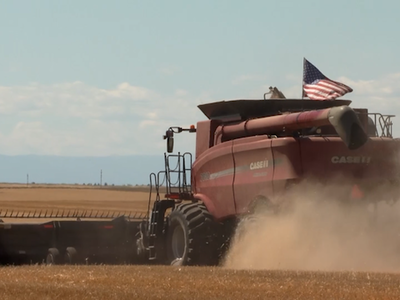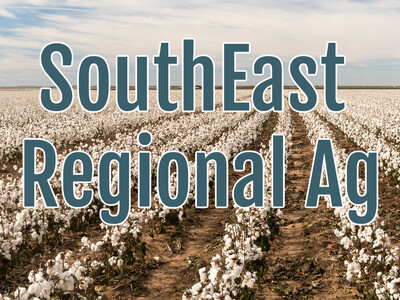WTO Tracking Decline
WTO Tracking Decline. I’m Greg Martin with today’s Line On Agriculture.
WTO forecasters are seeing a major downtown in the export market to levels not seen since World War 2. WTO Chief Economist Patrick Low talks about the figures.
LOW: In 2008 we began to see the problems in the second half which ended up giving us a growth rate of 2% only in export growth. Which was a lot lower that 2007 which was 6%. Now as we go forward into 2009 we’re looking at rather a significant contraction. We predict that trade will contract by 9% this year and that is the largest contraction that we will have seen for many decades.
Low talks about the factors that lead them to these conclusions.
LOW: Well I think the first and most salient factor of course is contractions in demand and the fact that these contractions occurred in a fairly synchronized way across the globe, so strong increase in demand obviously feeds through into trade. Secondly I think it’s worth mentioning the contrast between the output figures and the trade figures because predictions at the moment from various agencies on output growth offer a much more mildly negative number maybe only 1% or so.
That is a stark contrast to the 9% predicted by the WTO.
LOW: I think the reason partly for this of course is that out growth or production and trade are not strictly comparable. You see production is really an income figure whereas trade is simply a gross flow sp the gross flow will always succeed the income number, on the upswing and on the downswing we see this so already that will explain why export growth is more negative than production growth.
Low also says there is a third factor which play into this.
LOW: Is the absence of adequate trade finance. Much of trade, the vast bulk of trade in fact requires credit in order to insure the smooth flow of imports and exports and with all the turmoil in the financial markets the situation with trade credits has also caused a significant problem for traders. It’s quite hard to know what the magnitude of this problem is but number of between a $100-million and $300-million dollars in shortfall are being discussed.
That’s today’s Line On Agriculture. I’m Greg Martin on the Northwest Ag Information Network.
